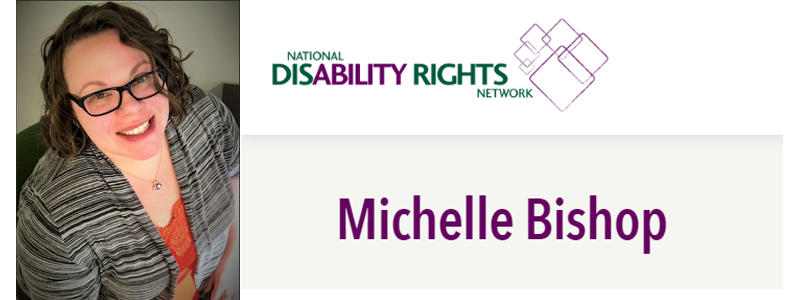
Millions of voters in America and countries around the world are quickly applying for vote-by-mail ballots (also called absentee voter ballots) to avoid having to go to polling stations during the coronavirus pandemic. Doing so helps them stay safe and helps reduce crowding at vote centers. Unfortunately, vote by mail doesn’t help an untold number of voters with disabilities for whom paper ballots are not accessible. This includes people who are blind or otherwise vision limited.
Some 14.3 million American citizens with disabilities reported voting in the 2018 midterm elections. While paper vote-by-mail ballots aren’t a problem for all disabled voters, paper ballots do impact more than just those with visual impairments. They also affect many voters with learning and reading disabilities, including dyslexia.
But this issue is far more complex than simply accommodating voters with sight impairments or learning disabilities. In many places, the simple act of applying for a vote-by-mail ballot can put people with disabilities at risk during this pandemic.
The best explanation of this issue comes from Michelle Bishop, Disability Advocacy Specialist for Voting Rights with the National Disability Rights Network. She recently testified before the US Committee on the Judiciary during a hearing titled, “Protecting the Right to Vote During the COVID-19 Pandemic.” Her five-minute testimony is a masterwork, clearly explaining the complex issue around voting accessibility during this pandemic.
There are many ways to facilitate safe voting at home, ways that don’t require the voter to read or handle paper. And remote voting has been proven in places like Norway and Estonia.
The right to vote doesn’t end with simply casting a ballot. It includes the right to privacy and the ability to vote independently. It also includes the right to assistance if the voter so desires. These are guaranteed by law. We must ensure that these rights are made fully available to all eligible voters.
You can watch the full two-hour hearing by clicking here.